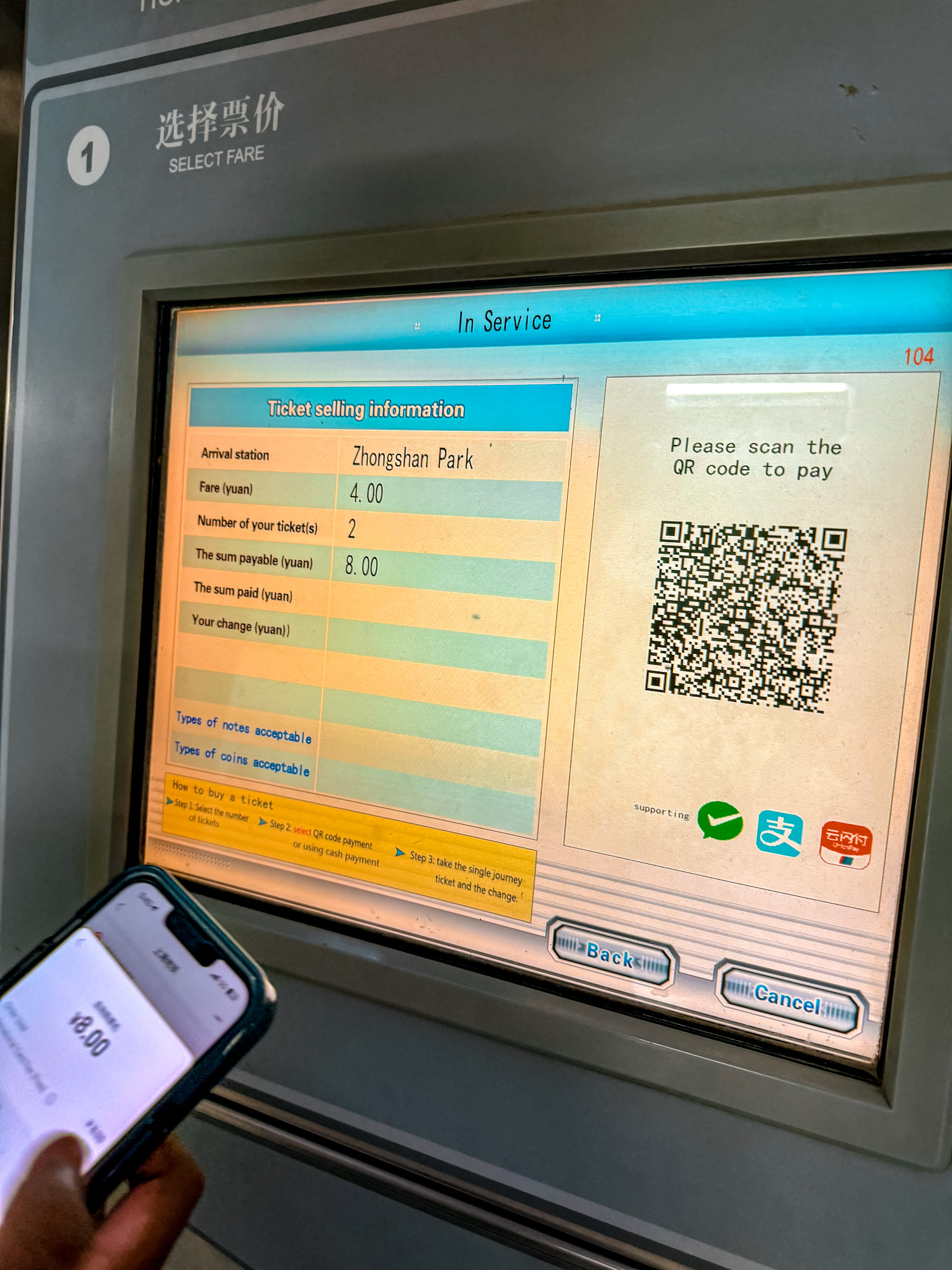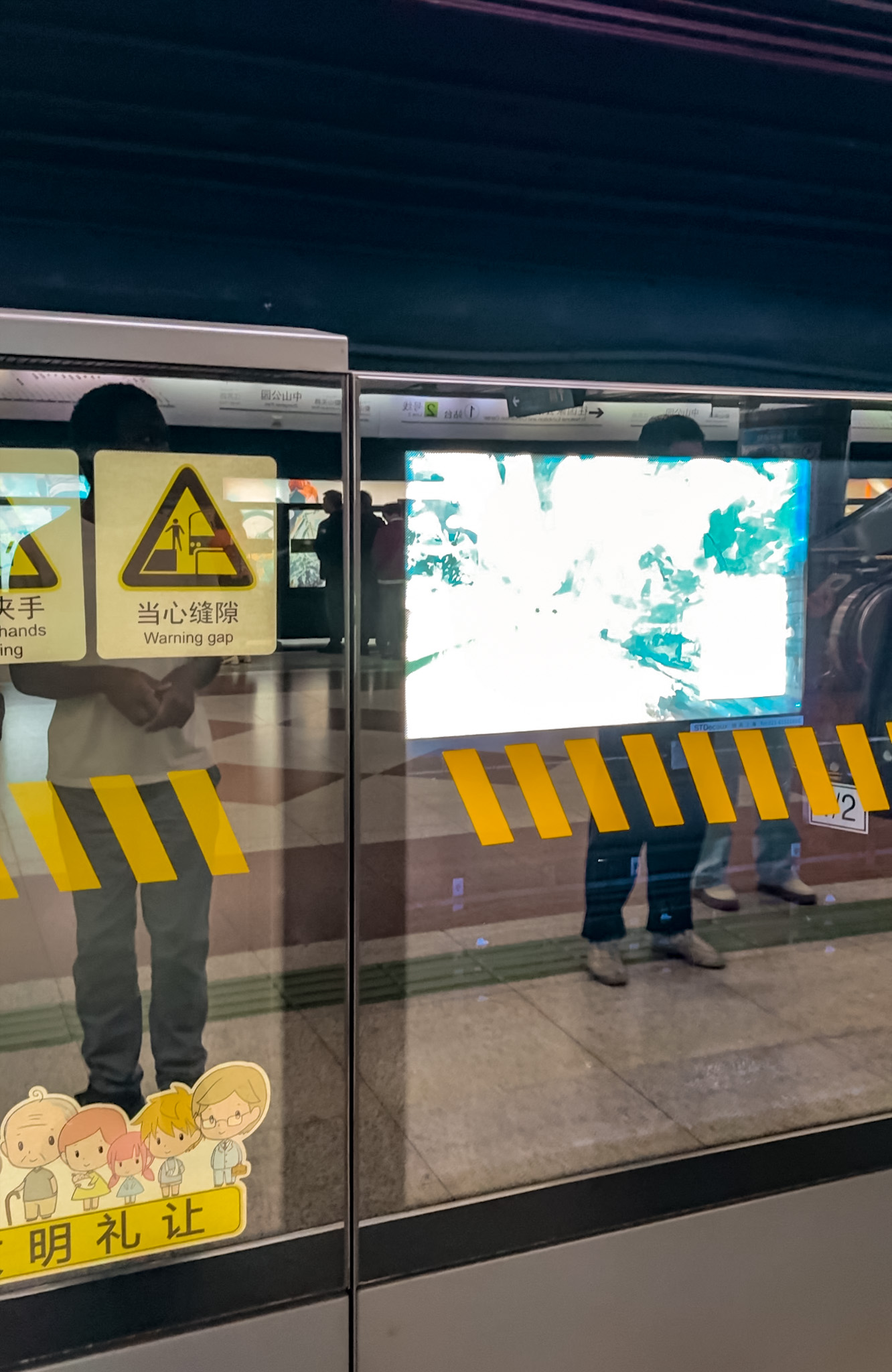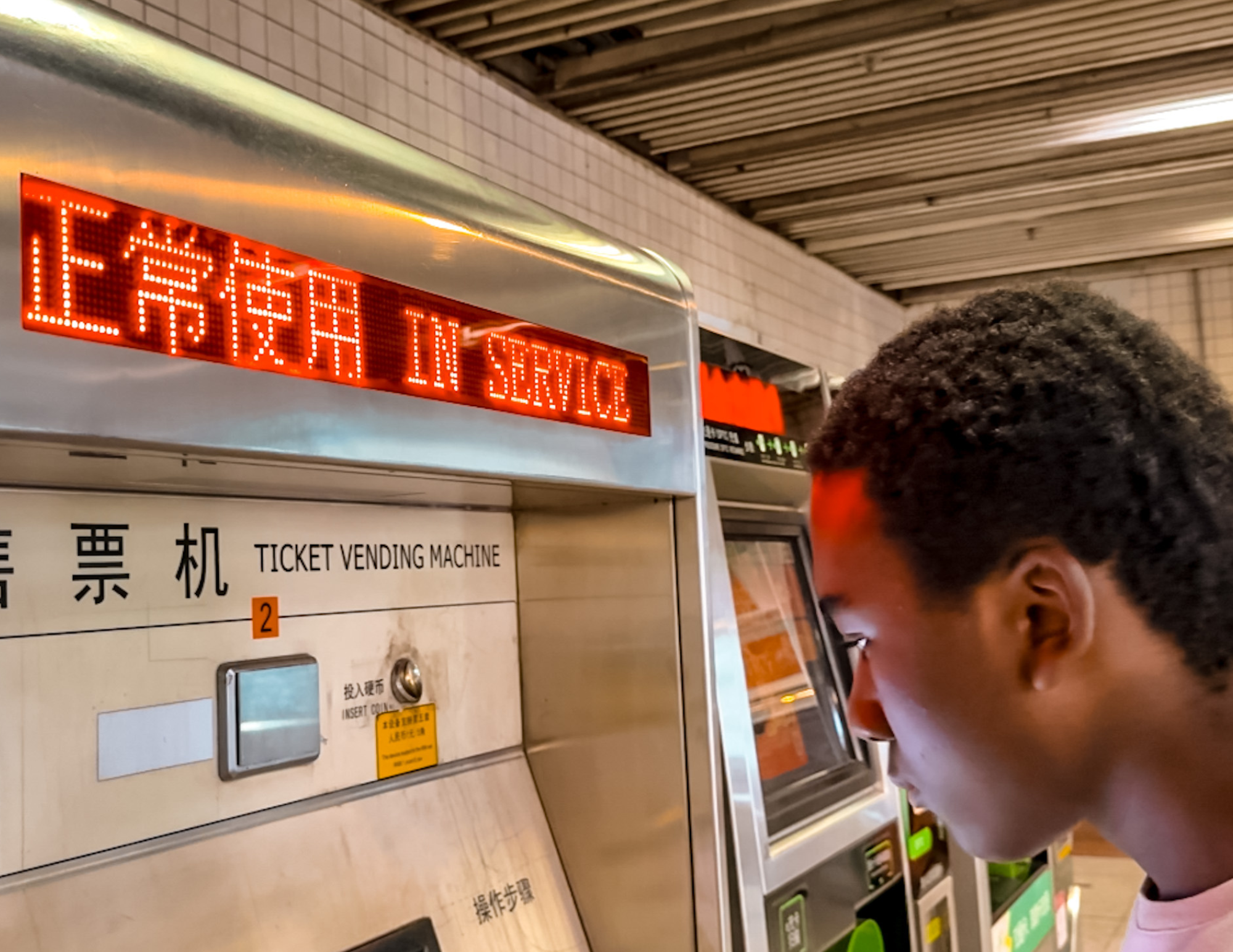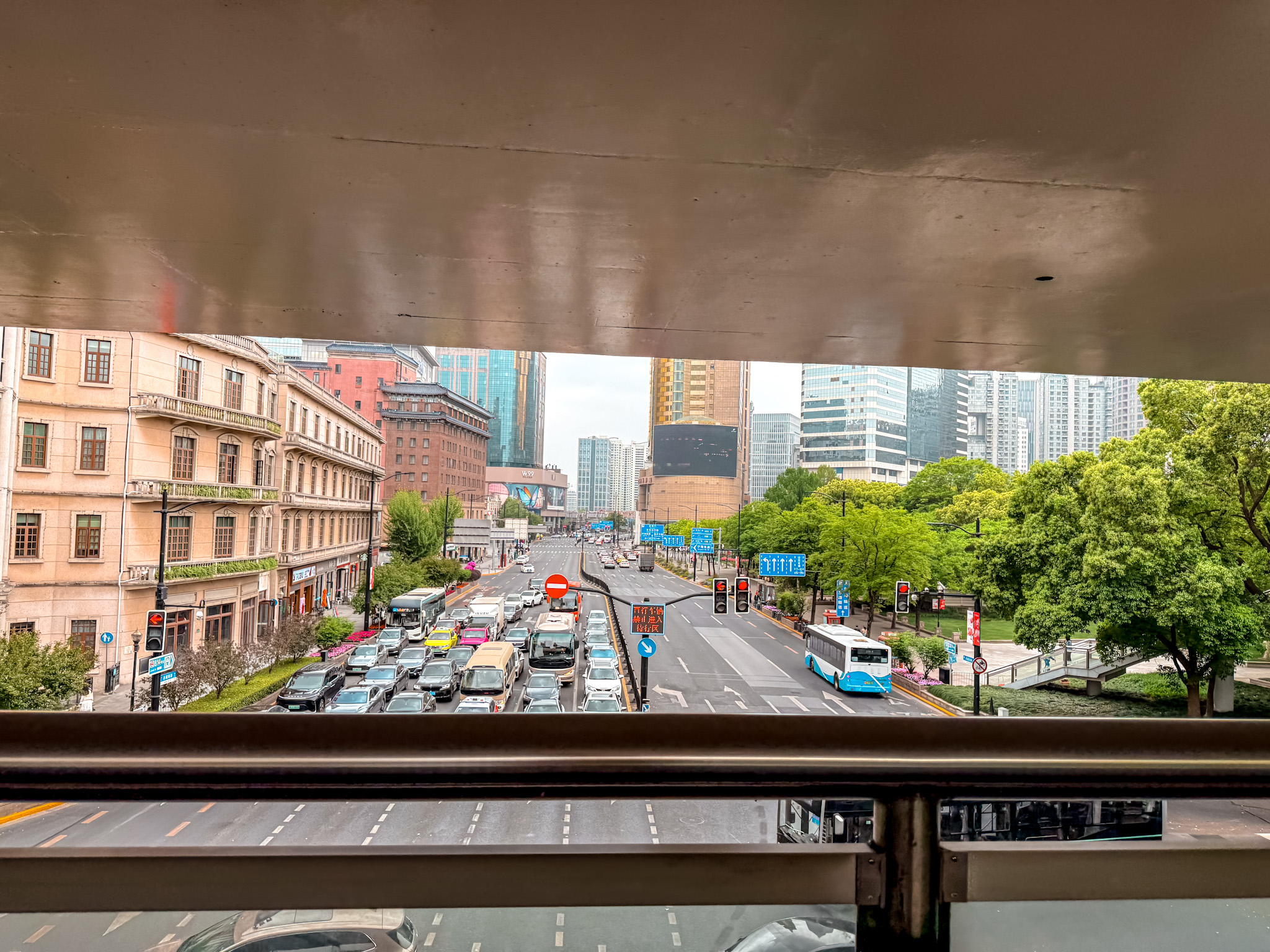The Shanghai Metro is one of the most advanced, expansive, and efficient public transportation systems in the world. With over 800 kilometers of track, more than 400 stations, and seamless connections across the city, it's the fastest and most affordable way to explore Shanghai—especially for visitors trying to make the most of a short stay.
This comprehensive guide walks you through everything you need to know to navigate the Shanghai Metro with confidence, including how to buy tickets, use mobile payment apps, plan routes, and avoid common mistakes.
Why Use the Shanghai Metro?
Shanghai is a sprawling city, and traffic can be intense at all hours of the day. The metro system not only avoids surface congestion but also connects nearly every major district, airport, and attraction. Whether you’re heading to The Bund, Yu Garden, or even Disneyland, the metro is often your best bet.
According to Ruqin Travel, most metro stations are bilingual, with signage and announcements in both Mandarin and English. The trains are clean, punctual, and air-conditioned, making it a surprisingly comfortable option even during Shanghai’s hot and humid summers.

Overview of the System
The Shanghai Metro system consists of 16 lines. Some key lines for tourists include:
-
Line 2 – Connects both Pudong and Hongqiao airports, and runs through central hubs like People’s Square and Lujiazui.
-
Line 10 – Stops at popular attractions like Yu Garden and the French Concession.
-
Line 11 – Goes directly to Shanghai Disney Resort.
-
Line 1 and Line 8 – Useful for reaching shopping districts and local parks.
Operating hours vary slightly by line, but generally trains run from around 5:30 AM to 11:00 PM. Last trains can vary by direction and station, so it’s worth double-checking before you head out.
Tickets and Payment Options
You have several convenient options when it comes to paying for your metro rides:
1. Single-Journey Tickets
These are paper tokens you can buy at machines or ticket booths at any station. Fares start at 3 RMB (about $0.40 USD) and increase based on distance traveled. Once you've arrived at your destination, you insert the token at the turnstile to exit.
2. Shanghai Public Transportation Card (Jiaotong Card)
This reloadable card works on buses, taxis, ferries, and of course, the metro. It’s a great option for visitors staying more than a day or two. You can buy one at most metro stations and top it up at kiosks, 7-Elevens, or within certain apps.
3. Tourist Metro Passes
If you plan to ride the metro multiple times a day, consider a one-day (18 RMB) or three-day (45 RMB) pass, available at selected stations. These allow unlimited rides during their validity period and can offer solid value if you’re doing a lot of sightseeing.
4. Mobile Payments: Alipay and WeChat Pay
Most locals pay with their phones, and visitors can too. As explained in detail by KKday, apps like Alipay and WeChat Pay now support international bank cards. Once set up, you can scan a QR code at the turnstile for instant access—no ticket necessary.
To use this feature:
-
Download Alipay or WeChat
-
Enable the “Metro QR Code” function
-
Link your international card or use the "Tour Pass" option in Alipay for prepaid top-ups
This is the fastest, most convenient option—especially during peak hours.

Route Planning and Metro Apps
Even though metro signage is bilingual, a little digital help can make your ride smoother. Several free apps are highly recommended for route planning:
-
MetroMan Shanghai – Offline access, quick route suggestions, and fare estimates.
-
ExploreShanghai – Interactive map with station information and exit guides.
-
Mapway Shanghai Metro – Clean interface with a route planner, nearest station alerts, and estimated travel times (Mapway).
These apps help you avoid unnecessary transfers and plan the fastest routes to your destination.
Step-by-Step: How to Use the Metro
-
Find Your Nearest Station
Metro entrances are well marked with the red "M" logo. Use apps or Google Maps (if your VPN allows) to locate the closest one. -
Go Through Security
All metro stations have airport-style security. You’ll need to run your bag through an x-ray scanner before entering. -
Buy a Ticket or Scan In
If you’re using a ticket, follow signs to the vending machine. If you’ve set up Alipay or have a transport card, simply tap or scan at the turnstile. -
Check the Direction
Signs on the platform show the direction of each train and which stations it stops at. Trains usually arrive every 2–5 minutes during peak times. -
Boarding and Riding
Allow passengers to exit before entering. Seats are usually available except during rush hour. Station names are announced in English and Mandarin. -
Transfer Between Lines
If your trip requires changing lines, follow clearly marked “Transfer” signs. Most stations are connected underground, and walking between lines is simple. -
Exit the System
Tap your card or scan again to exit. If using a single-journey token, insert it into the machine at the turnstile.
Travel Tips and Insider Advice
-
Avoid Rush Hour: Weekdays from 7:30–9:30 AM and 5:00–7:00 PM are packed.
-
Bring Your Passport: Some metro stations require ID when buying transportation cards or accessing service counters.
-
Mind the Exits: Large stations like People’s Square have over a dozen exits. Know which one you need to save time.
-
Accessibility: Elevators and tactile flooring are available at most major stations. Ask staff for assistance if needed.
-
Stay Charged: Portable battery rental stations are common in larger metro stations and cost around 1 RMB per hour.
For travelers looking to explore Shanghai efficiently and affordably, the metro is an invaluable resource. With a little preparation, a smartphone, and some basic know-how, you’ll be able to navigate the system like a local.
By mastering the metro, you unlock the full potential of your Shanghai trip—from sunrise strolls along The Bund to magical nights at Disneyland. It’s not just transit—it’s part of the adventure.


